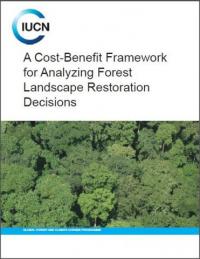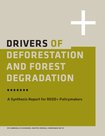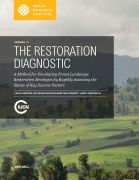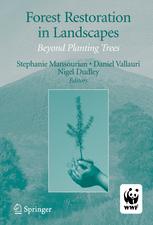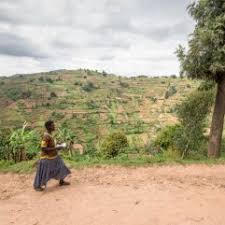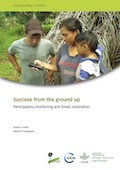A cost-benefit framework for analyzing forest landscape restoration decisions
Forest landscape restoration activities are often misunderstood as involving high upfront costs and low rates of return. To address this gap in knowledge, this report presents a cost-benefit framework for accounting for the ecosystem services and economic impacts of forest landscape restoration activities in a way that allows the results to be structured to inform multiple types of restoration decision-making that can help decision makers understand the trade-offs of different restoration scenarios.

